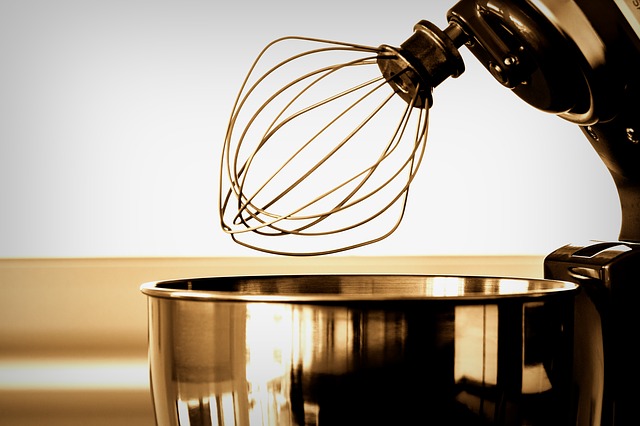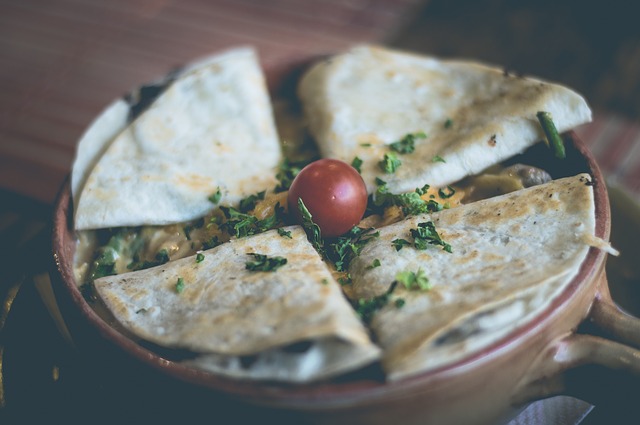Have you ever been grilling or cooking to find out after an hour that your food isn’t being cooked fast enough or come back to it being burnt because of temperature issues? Do you understand how to control the temperature of your charcoal grill to ensure your food cooks to perfection?
We have had some of these issues in the past. Therefore, we have come up with some helpful information on how to control the temperature of your charcoal grill.
Four Ways of Controlling Heat in A Charcoal Grill
There are many techniques that people can choose to help maintain the temperature in their charcoal grill, but there are four techniques that are recommended for the best situations.
Adjust Your Grill Vents By Decreasing or Increasing Airflow
Many people get confused about airflow when grilling because different types of grills require different techniques. For instance, with a gas grill, the more airflow the cooler the grill will be.
However, charcoal grills are the exact opposite. You want more airflow in a charcoal grill because it will make the grill hotter.
You do this by opening vents on a charcoal grill to help increase airflow.
There are two main thoughts when it comes to airflow:
Airflow
- Leave the exhaust damper open on the lid entirely and use the bottom intake damper to control the airflow.
- This is the opposite. You will leave the damper open and control the airflow with the lid exhaust damper.
Although both of these ideas can be used, the first one is recommended by most grilling professionals because it is easier to get an accurate read on the temperature.
However, regardless of the way you choose, you need to make sure that you never fully close the exhaust damper that is found on top of the grill because gases and smoke do need to be able to escape.
Use a Grill Shield to Help Lower the Grill’s Temperature
Sometimes you realize that your food is grilling faster than you need to, and at this point, you will need to lower the grill’s temperature. Creating a grill shield is a simple way to do this.
To do this, you will need aluminum foil. Then you will fold it over a time or two before slipping it under the food that you are worried about burning.
Adjusting the Distance Between the Coals and Your Food
The closer your food is to the actual coals the hotter the grill will be. Therefore, If you realize that your food is cooking too slow, you can position your food to be closer to the coal, but if your food is cooking too fast, you will want to put some distance between the food and the coals to help reduce the amount of heat that the food is receiving.
Build a Two-Zone Fire
You can have one of the best charcoal grills, on the market, but knowing how to control the heat of your grill is important.
Building a two-zone fire can help to create a cooler zone for food that needs longer to cook thoroughly. How do you build a two-zone fire? Here are a few steps to follow to do this technique correctly:
Technique
- First, place all of your coals on a single side of the coal grate.
- Then, you want to spread them evenly across 1/2 of the area.
- Finally, replace the cooking grate.
This will help with indirect and direct grilling because you never know what will happen during your grilling session. Having a two-zone fire will allow you to maneuver between indirect and direct cooking as you see fit.
How to Put Out a Charcoal Grill: 5 Steps
What You Will Need:
- Heavy-duty gloves
- Long grill tongs
- Bucket of water
- Long handle wire brush
- Baking soda
- Fire extinguisher
Shut Down the Charcoal Grill
Put on heavy-duty gloves when you have finished your grilling session to prevent getting burnt by the hot grill. Start by removing the rack from the charcoal grill and slowly closing the lid.
Close the two vents which are located at the top and the base of the charcoal grill.
Closing the vents will cut off airflow to the chamber, thus blocking oxygen from fueling the fire.
Leave the grill for 48 hours to cool down so that all the embers are completely burnt. During this time, make sure your charcoal grill is safe and out of harm’s way.
Remove the Ash and Briquettes from the Grill
After 48 hours, your charcoal grill is now cold, and you should proceed to remove ash and briquettes. Some grills have ash dumps; use them to get out ash from the chamber. If not, scoop the ash with an ash-removal basket. Tip the ashes onto a sheet of aluminum foil to dispose of them away.
Wrap the aluminum foil carefully and dispose of it in the metal trash can as any burning ember can burn through a plastic garbage can. Use the long grill tongs when handling the wrapped aluminum foil to avoid getting burnt.
Place the bucket of water beside the charcoal grill, and use the long-handled tongs to place the briquettes inside the bucket.
Instead of waiting for the briquettes to cool off, you could remove them together with the ash and place them in an inflammable bowl. Do not put the briquettes and ash in the same bowl.
Avoid Water
Even though pouring water over the grill will put it off, you are not supposed to do that. Do not pour water onto your charcoal grill while it’s showing any signs of heat. Only use water if you must pack up your barbeque for camping.
Here is why you should not use water to put off the charcoal grill:
- Pouring water on a hot grill causes thermal shock, which will make your grill crack.
- Water creates a sludgy mess at the base of your charcoal grill, which clogs the grill vents and dampers.
- Water creates a harsh cloud of steam, which causes severe burns.
Clean the Charcoal Grill
After removing the ash and briquettes from your grill, it now needs a deep cleanse cleaning. Cleaning the grill is essential in eliminating built-up grease and ash.
To clean the grill, follow these steps:
- First, remove the grill grates and clean them with a grill brush.
- Use a ball of aluminum foil to scrub off the remaining gunk on the charcoal grill grates.
- Use a spatula to scoop the remaining ash from the grill, and carefully ensure there is no ash on the grill valves.
- Clean the base of the grill using a brush to wipe any debris out of the grill. Use a bristle brush to scrape off grease from the lid of the grill.
- You may spray the grill grates with silicone spray to prevent them from rusting.
- Put the grill back together for another session of grilling.
Return Leftover Briquettes
When the hot briquettes have completely cooled down, put them back inside your grill using the long-handled tongs.
What to do with Coals after Grilling?
After grilling, Coal that is not used up is worth saving for the homeowner. If you want to be economical, follow these steps on how to reuse charcoal.
- Fill up the metal bucket with cold water.
- Put on heavy gloves, which are heatproof.
- Use a long-handled tong to remove a single piece of charcoal.
- Dip the charcoal in the water in the bucket for a minute.
- Transfer the extinguished briquettes to a dry surface.
- Repeat the process for each charcoal you want to save and arrange the cool briquettes in one layer.
- Dry the extinguished Coal in the sun.
- Once they are completely dry, store the charcoal in a fireproof container until the next grilling session.
For the best grilling results, mix the reclaimed charcoal with unused charcoal on your next grilling session. Cheap briquettes won’t be best to reuse since they crumble when they are wet.
After the summer, you may find yourself with a half-empty sack of charcoal. Since summer is over, you are probably wondering what to do with the charcoal. Please don’t throw it away.
Here is how you can use your unused charcoal:
Charcoal can be used as a fertilizer in your home garden. This is because charcoal has potash, which is an essential nutrient for plants.
- Use the charcoal together with sand and rock salt during winter deicing your home. This is because charcoal absorbs moisture and will keep the rock and salt from clumping.
- Feed the unused charcoal to your compost pile to increase the carbon content.
- Use the remaining charcoal as a natural air freshener. Put charcoal in your basement where the moisture creates a stuffy smell. The charcoal will keep the air smelling fresh.
- Drop unused charcoal on the bottom of a flower vase for the cut flowers to last longer.
Knowing how to put off a charcoal grill will save you fuel considerably and keep you, your family, and your property safe from harm’s way. Enjoy a safe and frugal barbecue.


